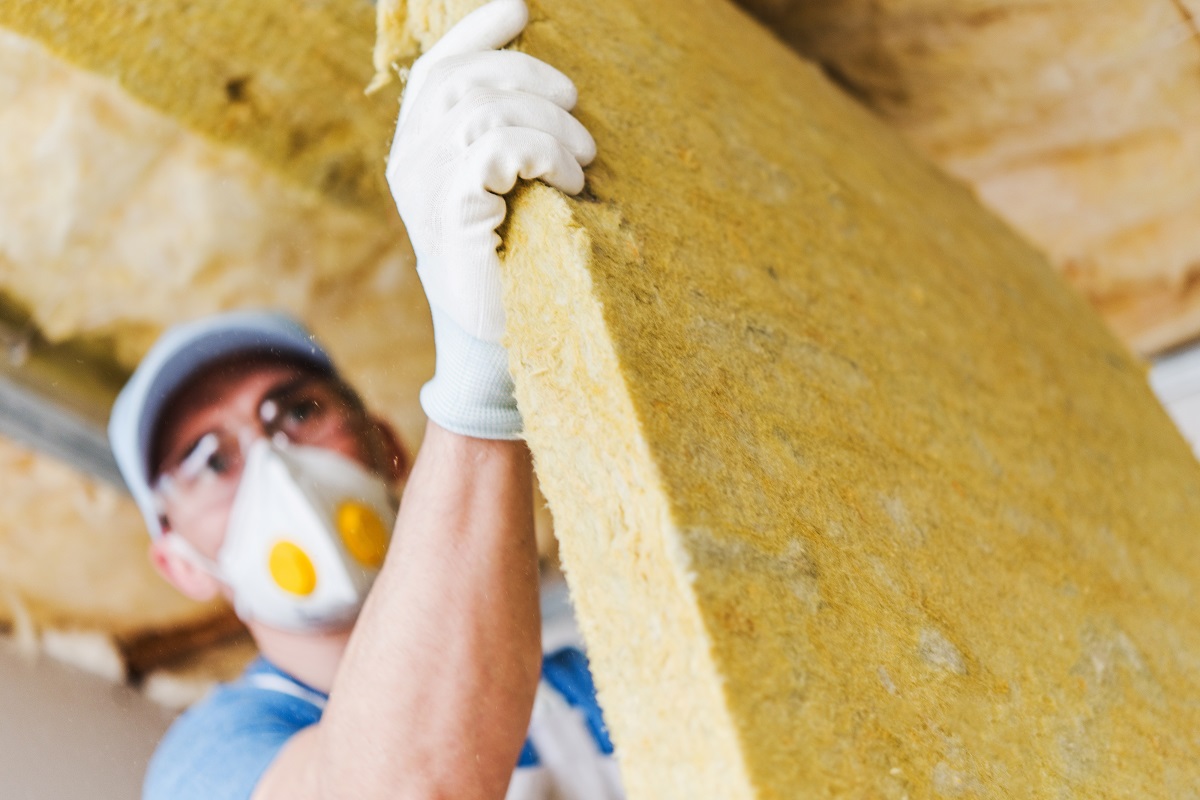- Weatherproofing your home safeguards it from winter damage, reduces energy costs, and increases its value.
- Sealing windows and doors and insulating the attic can significantly prevent heat loss.
- Regular gutter maintenance and installation of gutter guards prevent water damage to your home.
- Protecting your pipes from freezing can prevent water damage and costly repairs.
Winter can be harsh on our homes, causing damage that can be costly to repair. Weatherproofing your home is the best way to ensure that it remains in good condition through the winter months and beyond.
Protecting your home from the outside elements can also help to reduce energy costs, prevent water damage, and increase the overall value of your home. This blog will show you tips for weatherproofing your home so you can stay warm and cozy all winter long.
Seal Windows and Doors
One of the easiest ways to keep warm air in and cold air out is by sealing your windows and doors. Check for any gaps or cracks in the frames, and apply weather stripping where necessary. For windows, you can also add a plastic film over the glass to help insulate them. This can be easily purchased at a hardware store and will help to keep heat from escaping. You can also add foam insulation around the windows and doors to further prevent heat loss.
Insulate Your Attic

Heat rises, and if your home is not adequately insulated, it can escape through the attic. Adding insulation to your attic can significantly reduce your heating costs and help your home stay warm in the winter.
Just make sure you choose the right type of insulation material, as some are more effective than others. Here are a few of the most popular insulation materials you should consider looking into:
Fiberglass insulation
Fiberglass insulation is one of the most common types of insulation and is made from recycled glass bottles. It helps to keep your home warm in the winter and cool in the summer while also reducing noise levels. The downside is that it needs to be replaced periodically as it can tend to settle over time.
Rock wool insulation
Rock wool insulation is an excellent option for your attic if you want a more sustainable and eco-friendly choice. It is made from melted basalt rocks and recycled steel slag, making it one of the most durable types of insulation available. The downside is that it can be pretty tricky to install.
Cellulose insulation
Cellulose insulation is another excellent choice for your attic, as it offers superior thermal performance and can help reduce air leakage. It is made from recycled paper products, making it an environmentally-friendly option. The downside is that it needs to be installed correctly, or else it won’t be as effective in keeping your home warm.
Spray foam insulation
Spray foam insulation is a great way to seal your attic and keep the warm air in. It is applied as a liquid and then expands, filling any gaps or cracks that may be present. The downside is that it can be pretty expensive, but if you’re looking for maximum insulation, this is a good option.
By insulating your attic, you can help keep your home warm no matter how cold it gets outside.
Maintain Your Gutters

Clogged gutters can cause water to back up and damage your roof, which can be costly to repair. Ensure to clean your gutters, especially in the fall when leaves and debris are likely to collect in them. Another way to prevent water damage is to add gutter covers or screens to prevent debris from getting inside.
You should also consider employing the help of professionals to ensure your gutters are properly maintained. Professional seamless gutter repair providers can inspect your system for leaks or clogs and perform necessary repairs. They can also install gutter guards to prevent debris from entering the system.
Protect Your Pipes
Did you know pipes can burst in the winter if they’re not adequately protected? This can cause severe damage to your home, as well as water damage. Prevent this from happening by wrapping exposed pipes with insulation or heat tape. If you’re not sure how to do this, consult with a plumber.
Weatherproofing your home is not just a winter task but a crucial step towards ensuring its longevity and reducing maintenance costs. Each measure is critical in safeguarding your home from harsh weather conditions, from sealing windows and doors to gutter maintenance and pipe protection. Remember, investing time and effort in these preventive measures now can save you from costly repairs in the future. Enjoy a warm, cozy, and worry-free winter in your weatherproof home!
